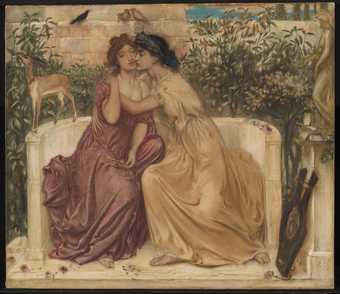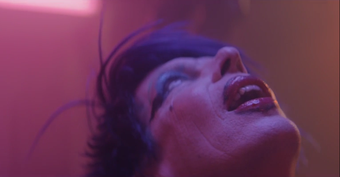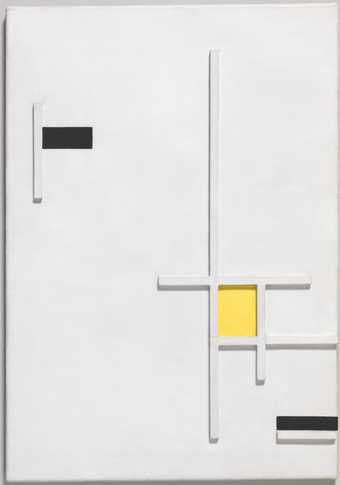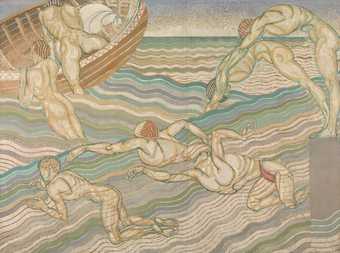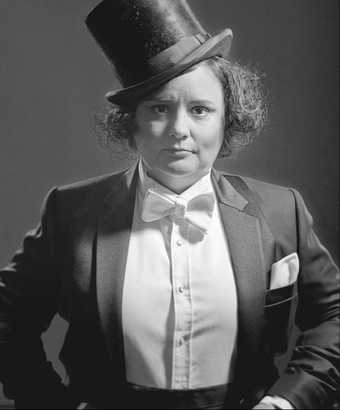
Susan Calman dressed as Marlene Dietrich. Photo: Phil Fisk
ON THE MEANING OF QUEER ...
It does mean something different to different people, but for me growing up in Glasgow in the 1980s and 1990s, ‘queer’ is a political word. If I saw the word attached to something it always felt un-apologetic, there was a sense of refusal to live life quietly.
It’s use marked a big switch from the underground LGBT community meeting in smoky basement bars, to queer activists going out on the streets, saying ‘why do we need to hide who we are?’. It’s a very positive, dynamic word about a movement that was necessary and still is necessary now.
ON THE ART ON HER WALLS ...
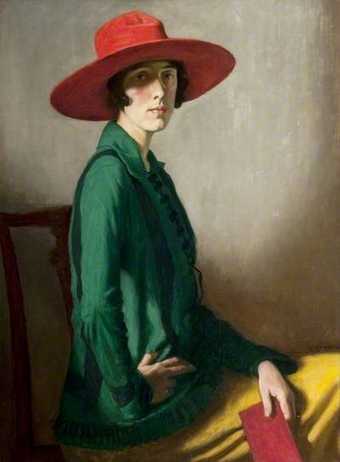
William Strang Lady with a Red Hat 1918 Lent by Glasgow Life (Glasgow Museums) on behalf of Glasgow City Council. Purchased 1919
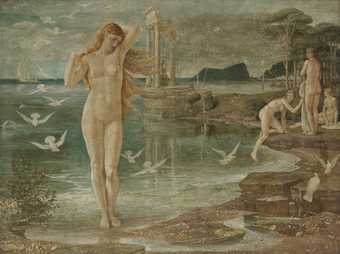
Walter Crane
The Renaissance of Venus
(1877)
Tate
Well, right now I’m looking at my favourite painting of all time– William Strang’s Lady in a Red Hat. I’ve had a print of it on my wall for the past 25 years– from when it was at the Kelvingrove Art Gallery in Glasgow. At first I didn’t even know who it was, I just thought it was an incredible painting. It’s a painting of Vita Sackville West who was Virginia Woolf’s lover, and she used to bring her girlfriend at the time with her when she went to model for Strang- there’s something quite defiant about that.
She has a beautifully enigmatic look on her face– you can forget the Mona Lisa, I want to know what she’s thinking instead. There’s a slightly androgyny about her too. I’ve never really liked art about naked ladies lying on sea shells and all that. I’ve always enjoyed non-sexual, but at the same time, powerful portrayals of women– and she seems powerful. This strikes me as a very different presentation of a woman than what you’d usually see in traditional paintings.
On progress ...
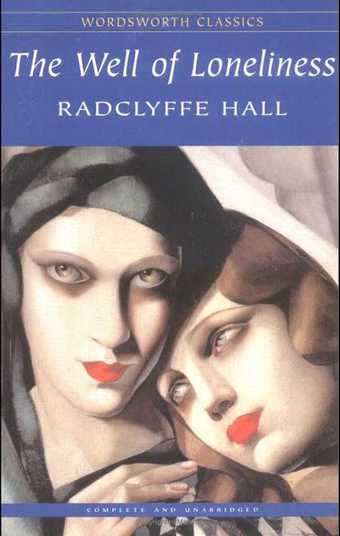
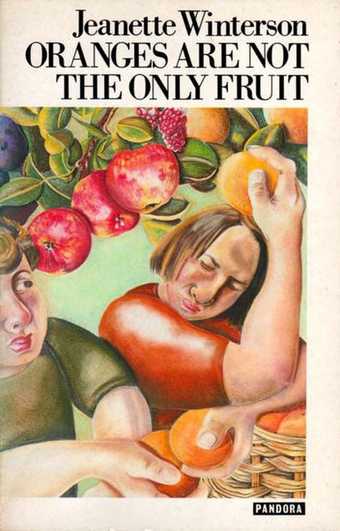
In some ways there’s been a lot of progress – I mean I’m married! I never thought that would be legal in my lifetime. So on a very basic level, my rights have changed.
But I still think there’s a very important distinction to be made about the lesbian community. Over the 50 years since decriminalisation of homosexuality it’s really the absence of lesbian cultural material which is as interesting as the preponderance of gay culture. Poet and author Radcliffe Hall used to be who older lesbians looked to for inspiration. Whereas for me it was the book Oranges are Not the Only Fruit by Jeanette Winterson, where the protagonist is a young lesbian. Between those two there wasn’t a huge amount of readily available fiction. It’s really interesting to look at this collection of materials and think ‘Where were we? What were we doing? Didn't we make sexualised, important or political messages?’.
I think part of the reason LGBTQ history is sometimes hard to discover is that a lot of it was underground, experienced live and in the moment, because it was dangerous to keep a record of it. It was still illegal until 1980 in Scotland, 13 years after the decriminalisation of homosexuality in England. We still had clause 28 in Scotland until the 1990’s, imposed by Thatcher to stop the teaching of homosexuality in schools. Northern Ireland was even later than us to decriminalise homosexuality, and even now they don’t have equal marriage rights. So, progress is great, but it’s slow.
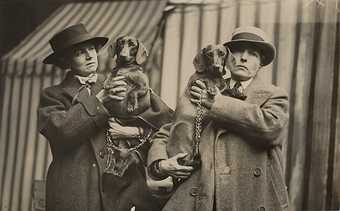
Author Radclyffe Hall, left, and Lady Una Troubridge with their daschunds at Crufts dog show, February 1923. Harry Ransom Center, The University of Texas at Austin
On role models ...
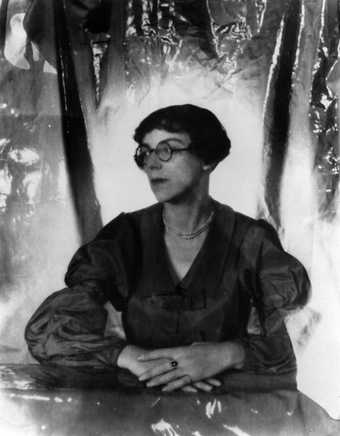
Cecil Beaton, Sylvia Townsend Warner 1930 © The Cecil Beaton Studio Archive at Sotheby’s
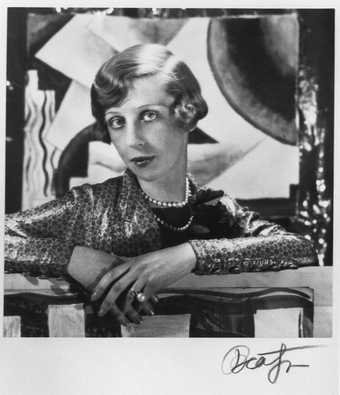
Cecil Beaton, Madge Garland 1927 © The Cecil Beaton Studio Archive at Sotheby’s
It was very difficult to find people to look up to. The first book I read that contained a lesbian character was a thriller which my friend got as a prize at school. You couldn't go to the library and get these kind of books out because then everyone would know you were a ‘lezzer’. It wasn’t until I went to university and joined what was at that time just the LGB society (with no T or Q or I) that I met other queer people. So, it was only then that I started hearing about authors, poets and other role models.
Cecil Beaton is someone who always fascinated me. I knew about him when I was much younger because I used to watch Hollywood films with my granny. She gave me her 1940 film star annual with some of Cecil Beaton’s photographs in it, so I’ve got a signed photograph by him of Marlene Dietrich in my house. Photographs showing women looking strong (like those of Sylvia Townsend Warner and Madge Garland in the exhibition), inspire me.
In my book Cheer Up Love: Adventures in depression with the Crab of Hate (2016) I talk about the fact I always wanted to be Marlene Dietrich because she was a rather masculine woman who was still incredibly sexy. She was really my role model along with other Hollywood actresses such as Greta Garbo and Katharine Hepburn; not all of them queer but they dressed in a way that wasn’t typically feminine.
On how art can make a difference ...
There’s no question that tackling these issues through art and culture is incredibly important. In real life I’m far more political than I am on stage. I know, when I'm touring the country, that I might be the first gay woman a lot of these people have seen perform. So, even in 2017, I feel like my jokes about my sexuality test people’s boundaries– and I think that's really important.
I think art plays a key part in fighting against homophobia. In the same way as it’s still valid to have pride celebrations, it's also important to push forward and say there is a place for us in culture. We have to keep going on the basis that the generation after us won't know what we went through, and the generation after them wont know what they went through. Hopefully because of the changes in the past 50 years the fear is going, hopefully, gradually people can stop feeling afraid.

